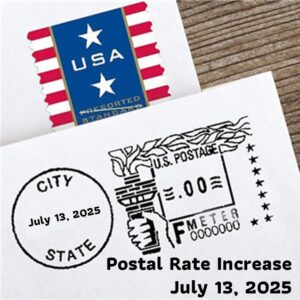 Automotive marketers are increasingly recognizing the enduring effectiveness of direct mail, with a remarkable 83% identifying it as their top-performing channel.* This remarkable statistic underscores the channel’s pivotal role in driving customer acquisition, retention, and service marketing within the automotive sector. By utilizing direct mail, automotive businesses can deliver tailored messages directly to their target audiences, making their marketing efforts not only more effective but also more personal. The ability to craft compelling, targeted communications enables brands to connect with potential customers at critical moments in their buying journey, fostering engagement and encouraging brand loyalty.
Automotive marketers are increasingly recognizing the enduring effectiveness of direct mail, with a remarkable 83% identifying it as their top-performing channel.* This remarkable statistic underscores the channel’s pivotal role in driving customer acquisition, retention, and service marketing within the automotive sector. By utilizing direct mail, automotive businesses can deliver tailored messages directly to their target audiences, making their marketing efforts not only more effective but also more personal. The ability to craft compelling, targeted communications enables brands to connect with potential customers at critical moments in their buying journey, fostering engagement and encouraging brand loyalty.
Moreover, these marketers are at the forefront of leveraging automation to enhance the impact of their direct mail campaigns. By implementing smarter targeting techniques and integrating digital tools, automotive operators can ensure that every piece of mail works harder to drive results. This seamless integration of automation with direct mail not only streamlines marketing processes but also enhances the overall customer experience. As automotive companies continue to embrace these strategies, they will likely find success in creating more meaningful interactions with customers, ultimately leading to improved retention rates and stronger brand connections. As the industry evolves, the combination of direct mail and cutting-edge automation suggests a promising future for automotive marketing.









